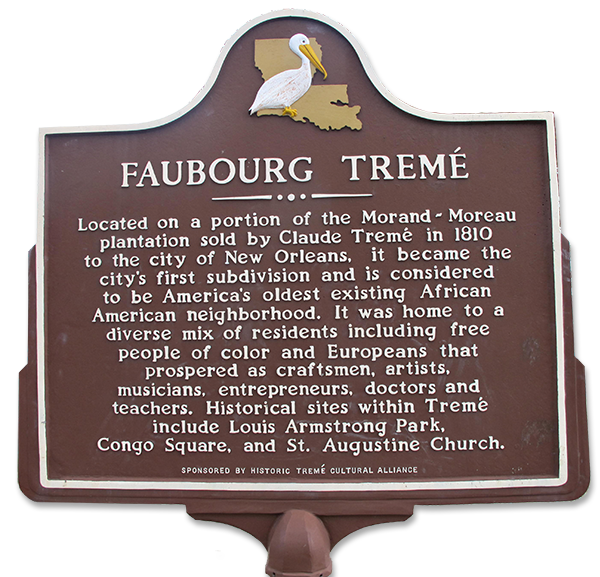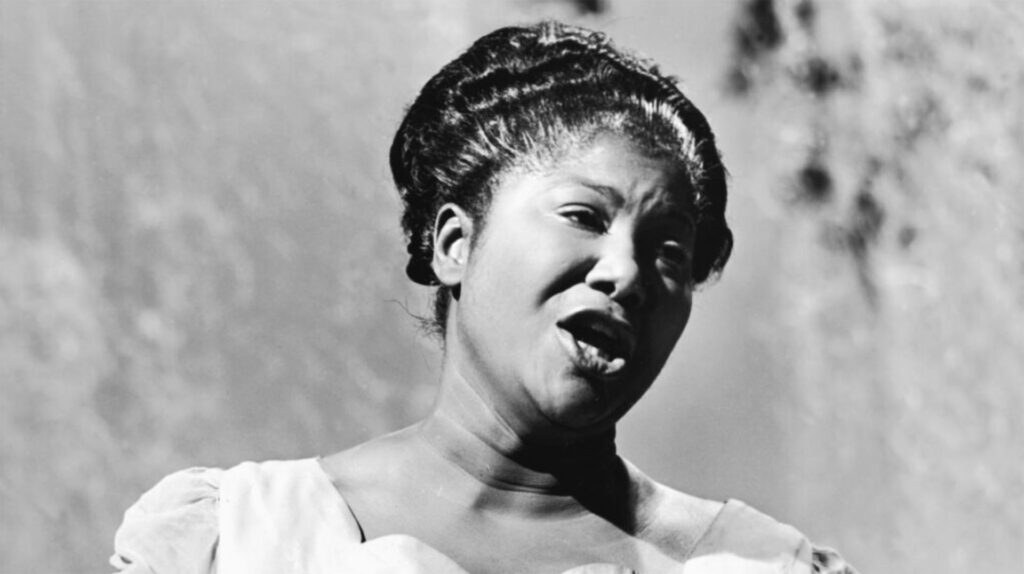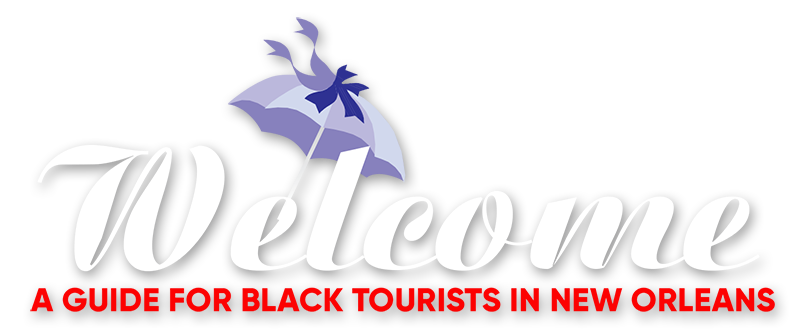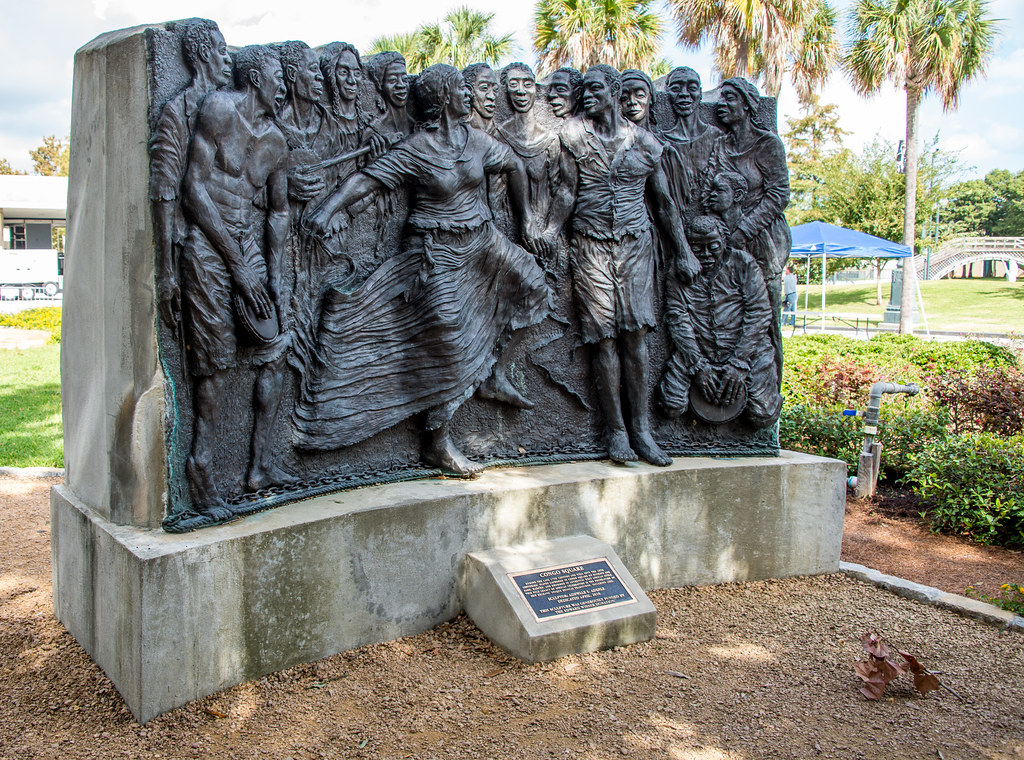by Keith Medley
People of African descent—enslaved and free—have been in New Orleans since its earliest days. Between the years 1718 and 1722, boatloads of Africans from the Senegambia region of Western Africa arrived at the rare piece of high ground on the Mississippi near the Gulf of Mexico. Along with outcasts from French society, their common, unenviable task was to carve a French outpost from the inhospitable environment of the Louisiana swamps. Since that time, people of African descent have made a tremendous impact on the construction, survival, defense, and culture of the city that was called La Ville de la Nouvelle Orleans.
Because the city’s neighborhood layouts have not substantially changed since their inception, New Orleans is a place where visitors can walk many of the same streets that New Orleanians walked nearly 300 years ago, even going to some of the very places where historical events occurred and visiting addresses of some of the city’s most historic individuals and institutions.
As you explore New Orleans, here are some points of interest:
French Quarter
The French Quarter is the site of the original City of New Orleans. It is also called Vieux Carre, pronounced Voo-ca-ray, which means Old Square. Bounded by the river, Esplanade Avenue, North Rampart Street and Canal Street, this area is New Orleans’ oldest neighborhood. Seventy-nine percent of the structures in the French Quarter are of major architectural, national, or historic importance. The Louisiana State Museum’s in the French Quarter offer insight into New Orleans earliest days.
Congo Square Louis Armstrong Park
It was here that enslaved Africans gathered in antebellum times to recapture their African homeland rituals with dance, drum, and song. As early as 1786, a bishop noted the custom “of the Negroes, who, at the Vespers hour, assembled in a green expanse called Place Congo to dance the bamboula.” Throughout most of its pre-Civil War history, Congo Square offered Black New Orleans the opportunity to keep alive their African cultural traditions.
During and after the Civil War, Congo Square reflected the evolution of Black America.
The New Orleans Jazz and Heritage festival began here in the 1970’s, and in 1993, Congo Square was added to the National Register of Historic Places.
Congo Square is now part of the Louis Armstrong Park complex. A life size Elizabeth Catlett sculpture of Louis ‘Satchmo’ Armstrong grasping his trumpet and trademark handkerchief gazes benignly toward Congo Square. Nearby, lights from the huge chandeliers in the Mahalia Jackson Theater for the Performing Arts glitter over land that once heard the Voodoo chants of West African women.
Tremé

The Tremé neighborhood is adjacent to Congo Square and on the other side of the N. Rampart Street border of the French Quarter. Many consider Tremé to be the cultural heart of Black New Orleans. Developed in the early 1800’s, people of color owned 80 percent of the properties in Treme’ at one time or another. At the turn of the 20th century, many of jazz’s earliest musicians lived and honed their crafts in Tremé.
Today, Treme still provides an inspirational ambiance for writers, artists, musicians, and other professionals. It is not uncommon to see young boys walking these streets rat-tat-tatting on drums.
To visit Tremé, walk down river on North Rampart Street from Congo Square, turn left into Treme via Saint Phillip, Ursulines, Governor Nicholls, or Barracks Street, then one block to Saint Claude, another block to Tremé Street. You are passing houses built by people of color over 160 years ago. While some are in disrepair, the restored houses can give you a feel of walking down these same streets of the 19th century.
Historic sites in Treme include St. Augustine Church at the corner of St. Claude Avenue and Governor Nicholls Street. Established by free people of color, who also purchased pews to ensure that the enslaved could attend services at the church, St. Augustine is the oldest African-American Catholic parish in the nation and was one of the first 26 sites designated on the state’s Louisiana African-American Heritage Trail.
The St. Louis Cemeteries
Crossing Basin Street from Congo Square brings us to Saint Louis Cemetery #1, the oldest cemetery in New Orleans. It was established in 1789. Racially integrated from its inception, the cemetery is noted for its above-ground grave sites, French inscriptions, wall vault burials, elaborate tombs of Benevolent societies, and architecture that mirrors the city. Still used for burials today, Saint Louis Cemetery #1 is the final resting place for Voodoo priestess Marie Laveau, civil disobedient Homer Plessy and others.
Traveling down St. Louis Street will bring you past the site that was once Storyville, the city’s red light district that lasted from 1890 to 1917. It was the neighborhood of ‘sporting houses’ run by women such as the “beautiful Negro madame ‘Minnie HaHa,’” Fannie Sweet, and Lulu White. The houses offered music to their clientele and are considered the early incubators of Jazz music. Many traditional jazz musicians such as Buddy Bolden, King Oliver, Sidney Bechet, Bunk Johnson and others honed their skills in the parlors and juke joints that occupied the area. The Navy demolished most of Storyville in 1917 for what they considered its deleterious effects on the troops headed to World War I. The former site of the Iberville housing development (now the redeveloped Basin-Bienville Apartment complex) sits on that site.
Just past the Basin-Bienville site is Saint Louis Cemetery #2 built in 1826. The least visited of the three Saint Louis cemeteries, it is the most enlightening for Louisiana’s African-American history. Its internees include the son of an emancipated slave Oscar James Dunn, who was Louisiana’s Black lieutenant governor from 1868-1872, state treasurer from 1868-1879 Antoine Dubuclet and the Venerable Henriette Delille, who founded the Sisters of the Holy Family.
Faubourg Marigny
Faubourg Marigny is the neighborhood down river from the French Quarter right across Esplanade Avenue. It was established in 1805 as New Orleans first suburb, or faubourg, and is noted for its architecture and diverse history. Similar to Tremé, free people of color owned 70 percent of the houses there and were quite instrumental in its development as builders, owners, and residents. Today, Frenchmen Street in Faubourg Marigny is alive with night-time activity. A unique blend of restaurants, music clubs, and other attractions add to a Bohemian verve.
Points of historical interest in Faubourg Marigny include 2899 Royal Street (the corner of Press and Royal Streets). This former site of the Press Street Railroad Yard is where Homer Plessy of the Plessy v. Ferguson United States Supreme Court case was arrested and dragged off of the train in 1892 for defying segregation law, an act which laid the groundwork for much of America’s Civil Rights progress today.
Uptown

At the corner of St. Charles and Valmont is a marker that notes the site where Gilbert Academy once stood. Originally begun in Franklinton, LA as an agricultural college, in 1919, the school merged with New Orleans University and the name Gilbert Academy was given to the preparatory high school. When New Orleans University merged with another school to form Dillard University in 1935, Gilbert Academy became heir to a large campus with shady trees. Among its alumni are a former Olympic medalist Audrey Patterson, former Atlanta mayor Andrew Young, Margaret Walker Alexander who is the award-winning author of “Jubilee” and other novels.
Across the street from Audubon Park on the campus of Tulane University is the Amistad Research Center, one of the largest repositories for Black documents in the country.
While visiting Uptown, you may see:
2309 First Street—the former residence of Buddy Bolden considered to be the father of Jazz; 2319 Third Street—the Mount Zion Baptist Church, where the Southern Christian Leadership Conference (SCLC) became a permanent organization through the vote of Louisiana activists and ministers on February 14, 1957; Broadway Mission Baptist Church at 121 Alvin Calender and Mount Moriah Baptist Church at 147 Millaudon in the Black Pearl section of the city near the river. Mahalia Jackson sang at both churches. She lived at 7411 Pitt.


